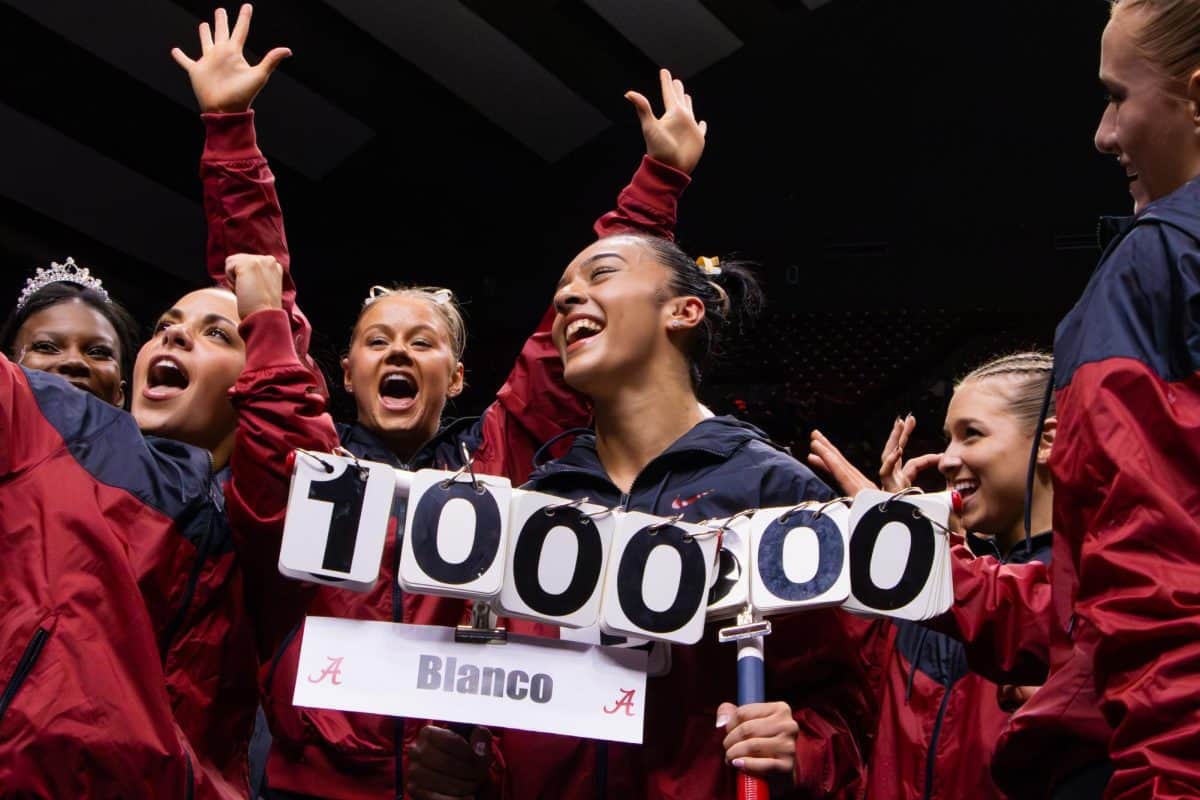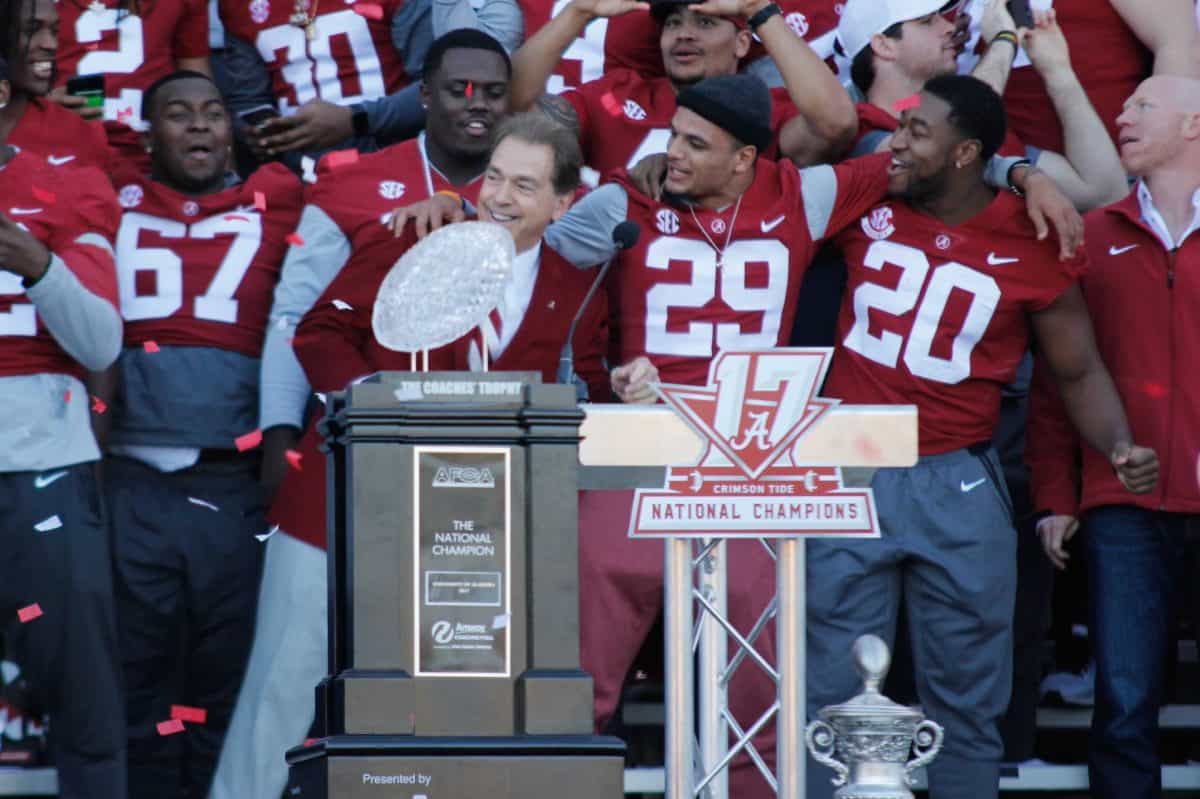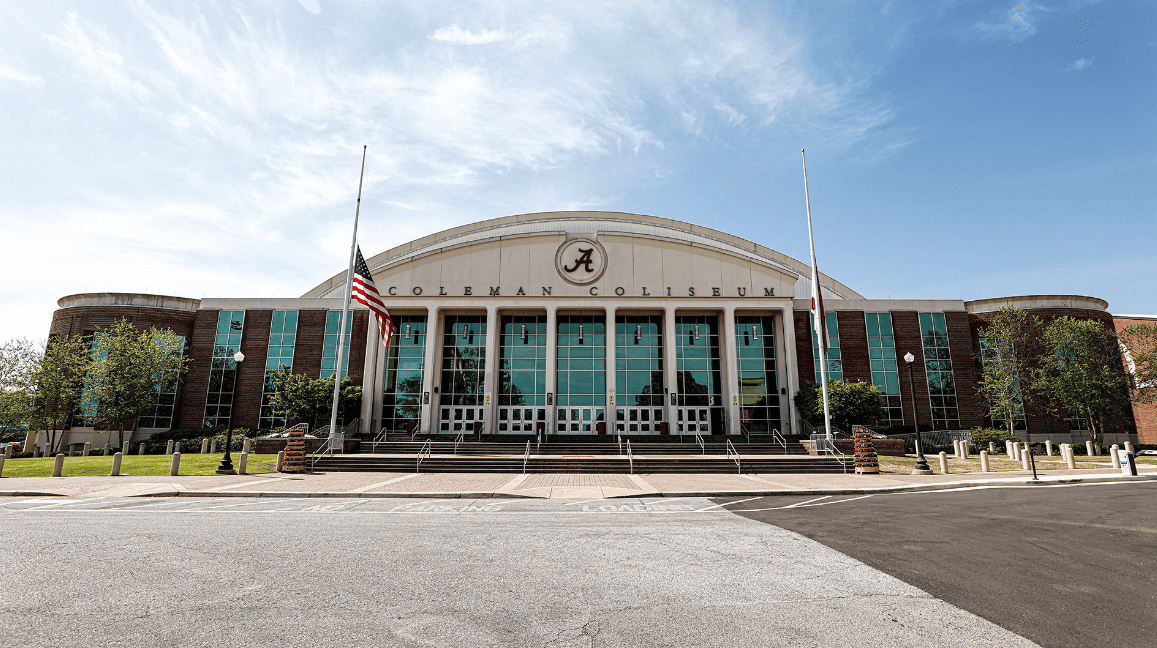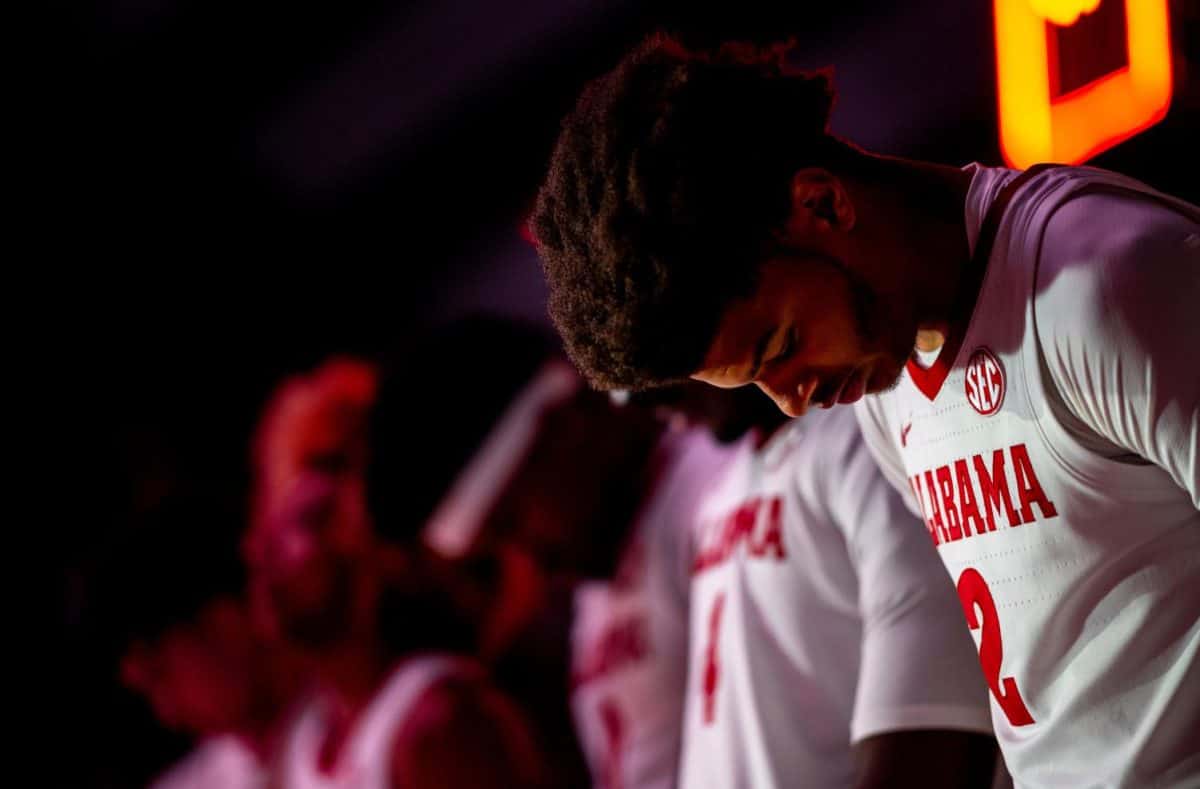Over spring break, I had the incredible experience of going to New York for the first time and seeing my first ever Broadway show: “Pippin.” Now, “Pippin” is amazing for several reasons including a Tony Award-winning director and actors, an incredible Steven Schwartz score and some death-defying circus feats. But what struck me most about the show is that it is such a good example of a Broadway revival.
For those unfamiliar with this terminology, you must first understand that there are two types of shows on Broadway: original productions and revivals. Original shows have usually been in development for years and have put on tryout performances all over the country, but this is the first-ever run on a Broadway stage. Conversely, a revival is a show that opened on Broadway before, subsequently closed and then came back.
There are several reasons to bring a show back from the depths, some better than others. Generally speaking, the most common reason for a revival is producers thinking ticket-buying tourists would want to see an old award-winning classic when they come to New York City. Tourists who come to the city like to see shows that they know, or at least heard of, so classic crowd-pleasers like “Fiddler on the Roof” (which has been revived four times on Broadway with one more in development) and “Les Miserables” (which just opened its second revival) are popular choices among producers.
While I realize that there is nothing wrong with making money, and I love to see a classic revived, I don’t usually care for this kind of revival because it typically fails to surprise me. As a self-diagnosed Broadway-aholic, I’ve memorized every nut and bolt of these classics, and, since the producer’s aim is to give the people something they know, the revivals tend to be carbon copies of the original production.
Old shows (especially old plays) are commonly revived to provide star vehicles for big name actors. Most of the time when famous Hollywood actors come to Broadway, such as Denzel Washington and James Franco, who are each currently working on the revivals of “A Raisin in the Sun” and “Of Mice and Men” respectively, they prefer to do so in a well-known classic instead of taking a chance on a new show.
While this is a good way for Hollywood stars to make Broadway debuts, it’s also a good opportunity for big Broadway names, such as Alan Cumming and Sutton Foster, who are currently staring in the revivals of “Cabaret” and “Violet” respectively, to remind New York audiences why they deserve to be known as Broadway greats.
Now, it’s difficult to make any generalizations about these kinds of revivals because it includes probably 85 percent of all revivals. Personally I love the idea of the best actors in the country taking on the greatest shows of all time, so these revivals are usually very fun and fairly successful. However, often the actor either has other commitments, and so the show is not able to run for more than a few months or the performer uses his or her name to “buy their way” onto the stage and end up performing in roles that they don’t deserve, in which case the show’s life is, again, cut prematurely short.
The third type of revival that we commonly see on Broadway is what I like to call “lost treasures.” These are shows that have been off the stage for years, usually because they were financial flops even if they earned great respect and awards amongst the theatrical community. Because of the lack of monetary incentives, these shows sink to the bottom of a producer’s list until some inspired artist plucks it from the vaults and gives it a new life on Broadway.
More often than not, these revivals still don’t bring in big box office numbers, but I think it’s important that old classics stay current and fresh in the mind of every generation, so I support this brand of revival.
My personal favorite revival type is often seen on Broadway: the re-envisioned. This comes about when a brilliant writer or director is inspired by a piece but wants to make it his or her own so they add in something to make a completely new show that just happens to use the old script. That’s something that “Pippin” is a pristine example of. Whereas the original show was set around a band of traveling thespians putting on a show about an ancient prince, director Dianne Paulus looked at and decided to add a whole new element, transforming it into a band of circus performers complete with jugglers, lion tamers and trapeze artists. This kind of re-envisioning can transform a familiar story with familiar music into a whole new show.
To me, the best revivals are the ones that re-envision old works because I consider that the pinnacle of innovation. Art is impressive, but recycled art is ingenious and honors the old while celebrating the new. And, in my opinion, that is what Broadway is all about.






